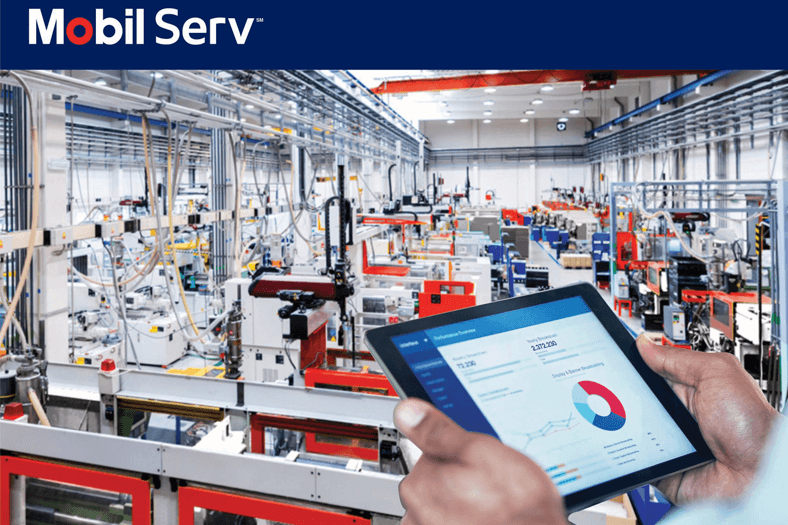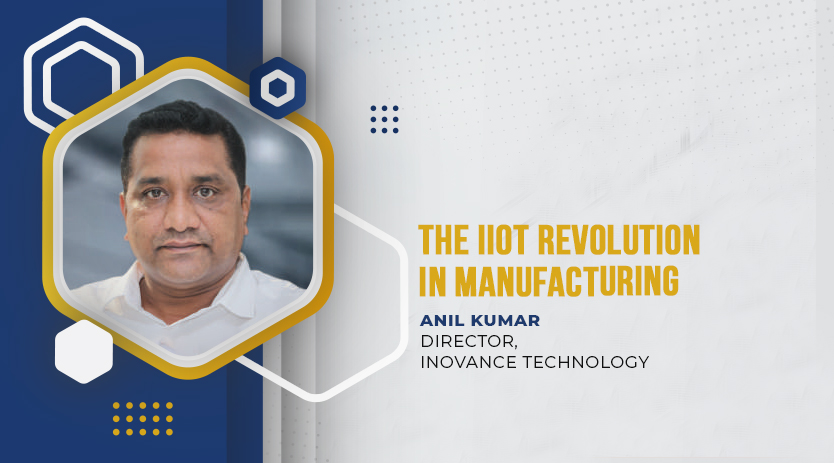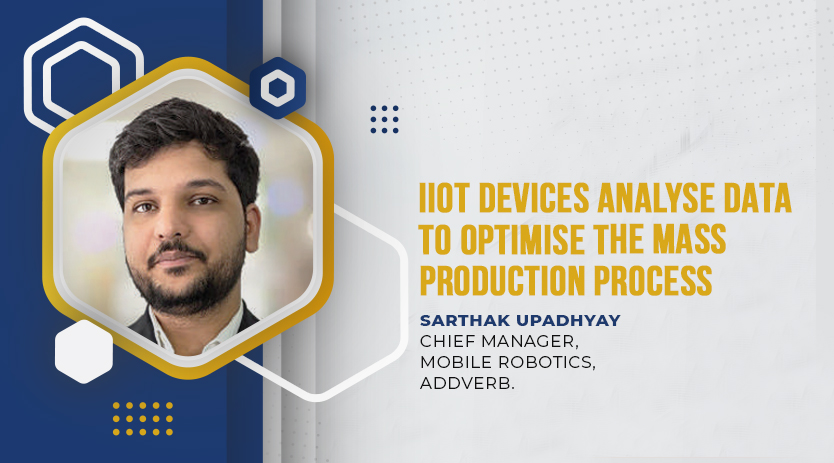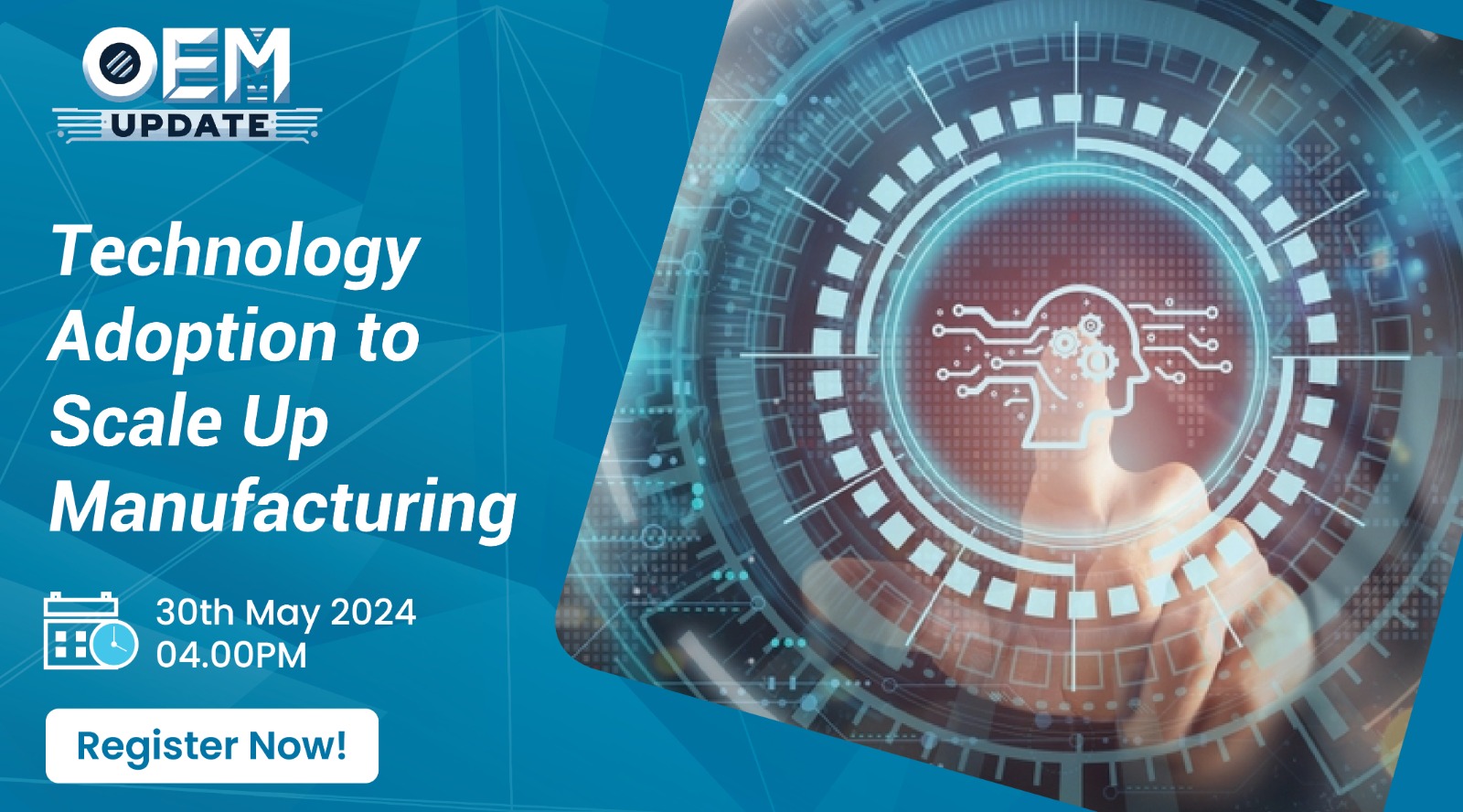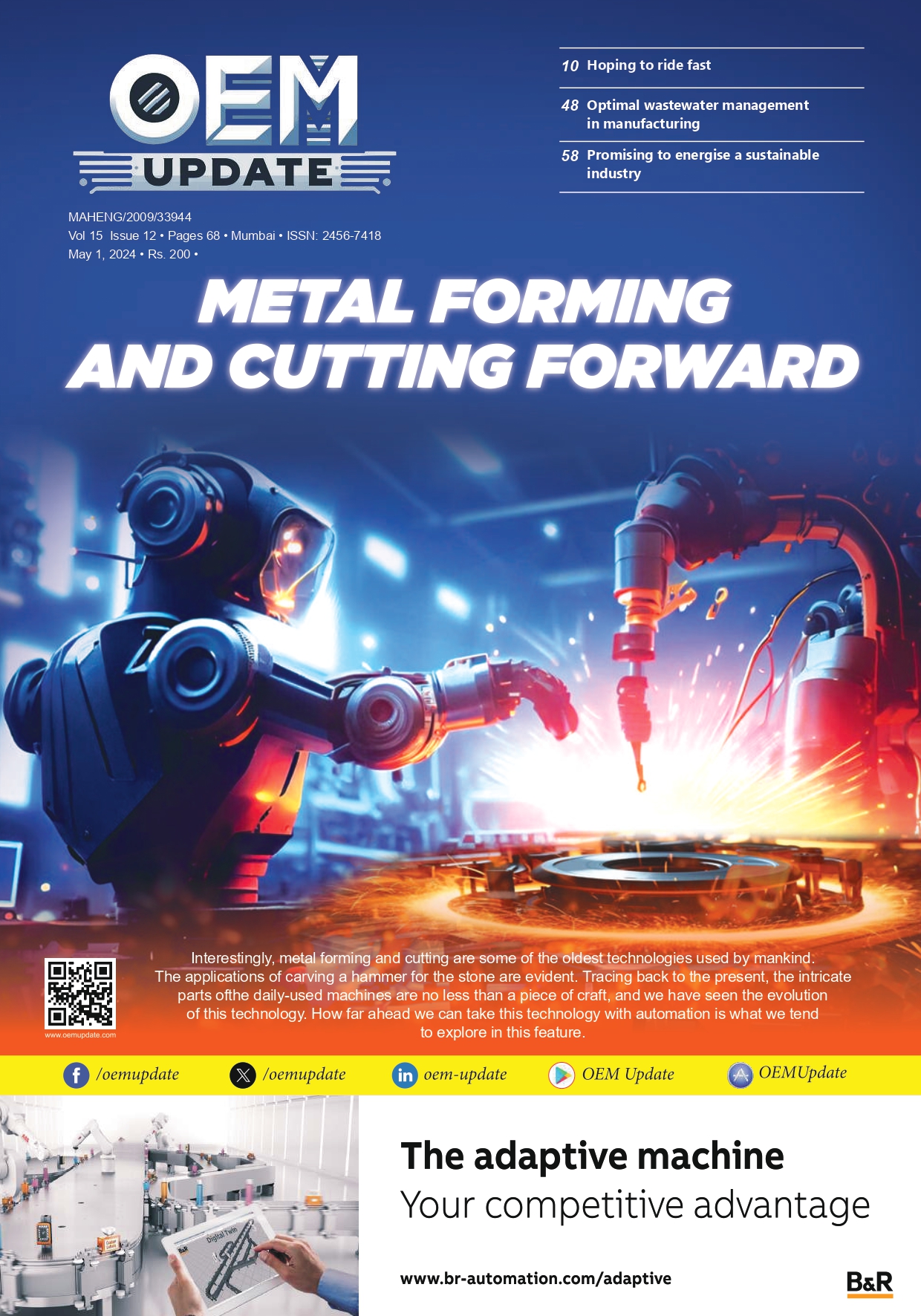IIoT strategises automation in manufacturing; enhances efficiency
October 11, 2021 6:41 pm
Industry experts share their views about IIoT as strategy increases the efficiency and automation in manufacturing. We are living in the changing times where the industry wants to be independent of human involvement.
The Industrial Internet of Things, (IIoT), is a sub domain of the Internet of Things. In this case, connected “things” are implemented into the manufacturing process. However, manufacturing is changing rapidly and turning into “Industry 4.0”. IIoT is a fast-growing sector with more than decent prospects. As of 2021, the size of the market is estimated at USD 76.7 billion and expected to balloon to USD 106.1 billion by 2026 at 6.7 percent CAGR according to reports.
Adding new technologies into the product range to deliver the best heavy machinery solutions to the customers and R&D investment stands to boost growth. However, recent advances in digitalisation and the emergence of concepts such as Industry 4.0 have resulted in a step-change in smart manufacturing. Now, remote monitoring technologies make it possible to connect industrial equipment over a secure network to mobile devices, tablets, and smartphones.
Relevance of Industrial IoT for modern businesses The disruption and rapid changes brought about by the pandemic is recent, current and still affecting many businesses around the world. IIoT resolves many problems that are present both during and in the absence of any global pandemic. For eg., working with reduced manpower in the factory, working remotely and working collaboratively, is made possible due to the automated and programmatically managed IIoT devices that can be fitted across a host of manufacturing equipment. Managers can analyse data that is being generated by all connected equipment and make informed decisions regarding quality, productivity and maintenance, amongst others.
Manufacturing into industry 4.0 with regard to IIoT development Nowadays data analytics has become more important to understand the business trends, dynamic market conditions, customer preferences etc.
While Vineet is of the opinion that we are already in the 4th Industrial revolution (Industry 4.0) and slowly gaining momentum towards Industry 5.0 that focuses largely on collaborative manufacturing; Vivek says, the concept of SMART Factory or Industry 4.0 is the same thing. Industry 5.0 is already on the horizon.
IIoT is very essential for the modern manufacturer, as this provides them with a knowledge house of their processes, materials and methods over a continuum. In an age, where information is abundant, making sense of available information is the biggest challenge. Using IIoT devices, backed by AI and ML tools will help manufacturers make decisions well before time. This is almost predictive manufacturing to a large extent. In a world that moves faster and faster each day, not adopting the tools that current to this era, will only help companies become uncompetitive in the long run.
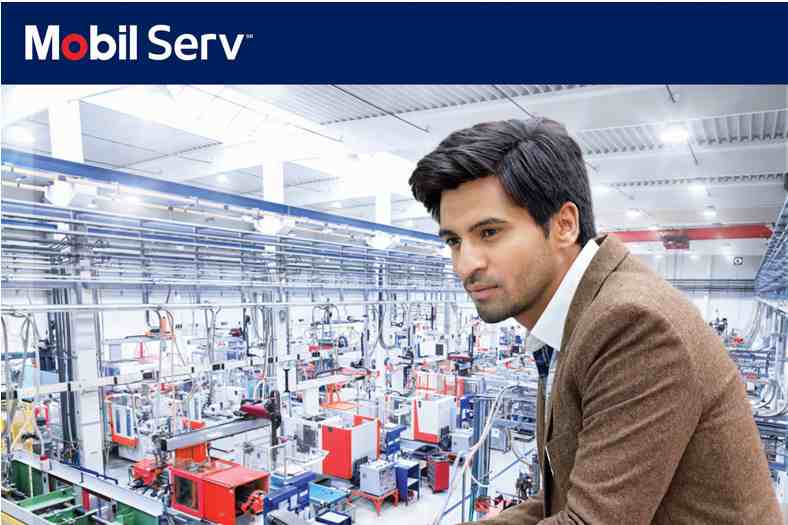
According to Ankush IIoT is allowing data collection, exchange, and analysis for improved productivity, efficiency, and output. The benefits of IIoT can today be optimally realized in the plastics industry that is witnessing rapid growth while encountering everyday challenges in lack of real-time monitoring, inaccuracy in measurement, and absence of precise predictive analytics. Further, interpretation of data has been a challenge, preventing manufacturing firms from appropriately implementing industry recommendations to optimize performance. Here, IIoT can play a driving role in undoing barriers of insufficient equipment effectiveness and downtime.
IIoT is a fast-growing sector!
Vivek says, the pandemic has certainly accelerated the speed of digital platforms entering our lives. IIOT is the buzz word not only for industry but the day-to-day life of a common man. With the help of technology, it is possible to monitor the shop floor production remotely. We find it difficult without the internet, and concluding he says, we need to strike a balance between man & machine. To me, the simple rule is to transfer the laborious, tiring, beyond human reach jobs to automation and robotics. Let us use this technology to make our job easier and not to offload our complete job to the technology.
IIoT is definitely a sector to keep our eyes on, Vineet said, sharing his views. It is rapidly growing and the numbers mentioned are more likely to be hit earlier than later.
Final Note
It is interesting to note that many of the new age equipment are either IIoT ready or IIoT enabled. What used to be optional a few years back has become a mainstream feature in modern industrial equipment. Consumers too are gaining more confidence in products due to the “knowledge-based technology” being built into the products, ultimately helping them to get more value out of their equipment, says Vineet.
Cookie Consent
We use cookies to personalize your experience. By continuing to visit this website you agree to our Terms & Conditions, Privacy Policy and Cookie Policy.


